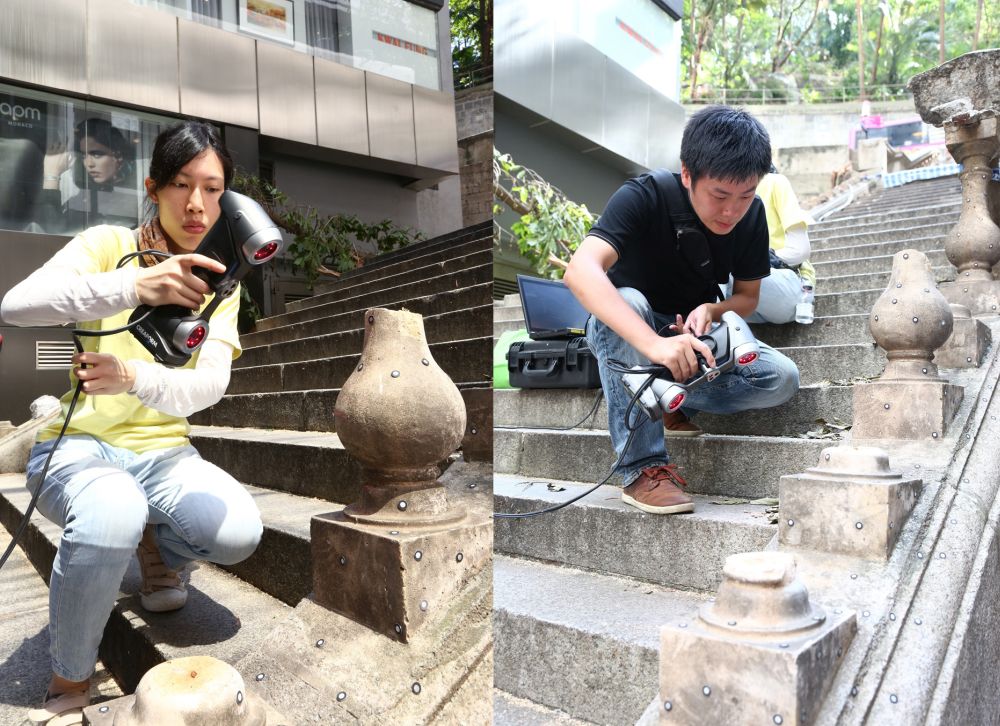
 |
| AMO colleagues recorded the damaged steps after the incident using 3-dimensional (3D) scanning. They also made 3D printout models of the stone fragments at a reduced scale and numbered them. This meant that the restoration team only had to follow the numbers in order to assemble the components on site, making the restoration more efficient and accurate, and the construction time a lot shorter. |
| Close |